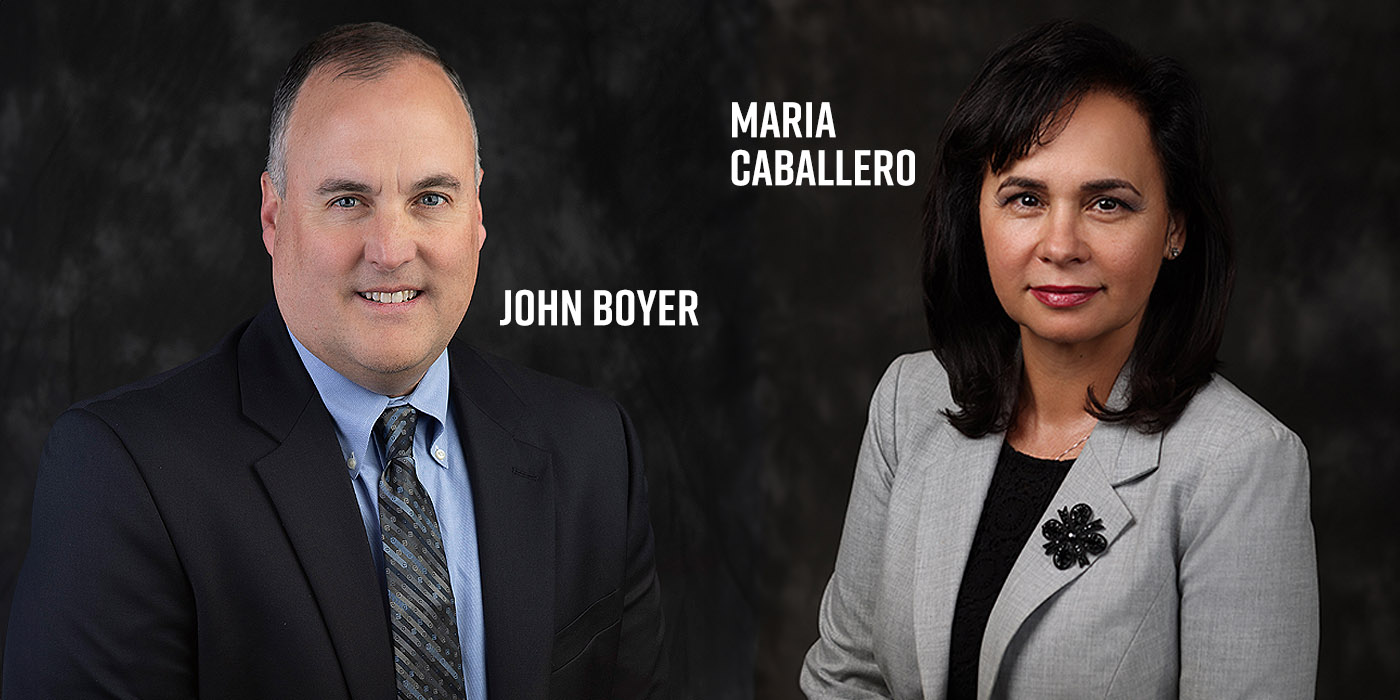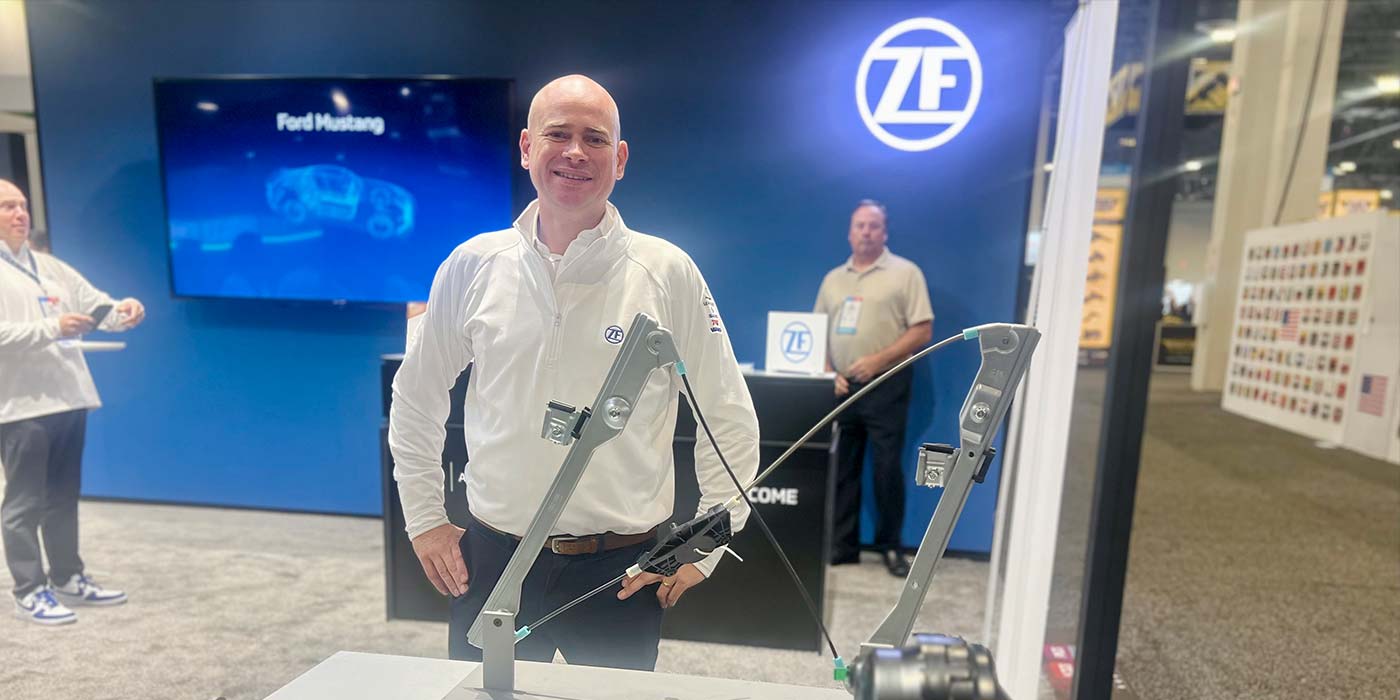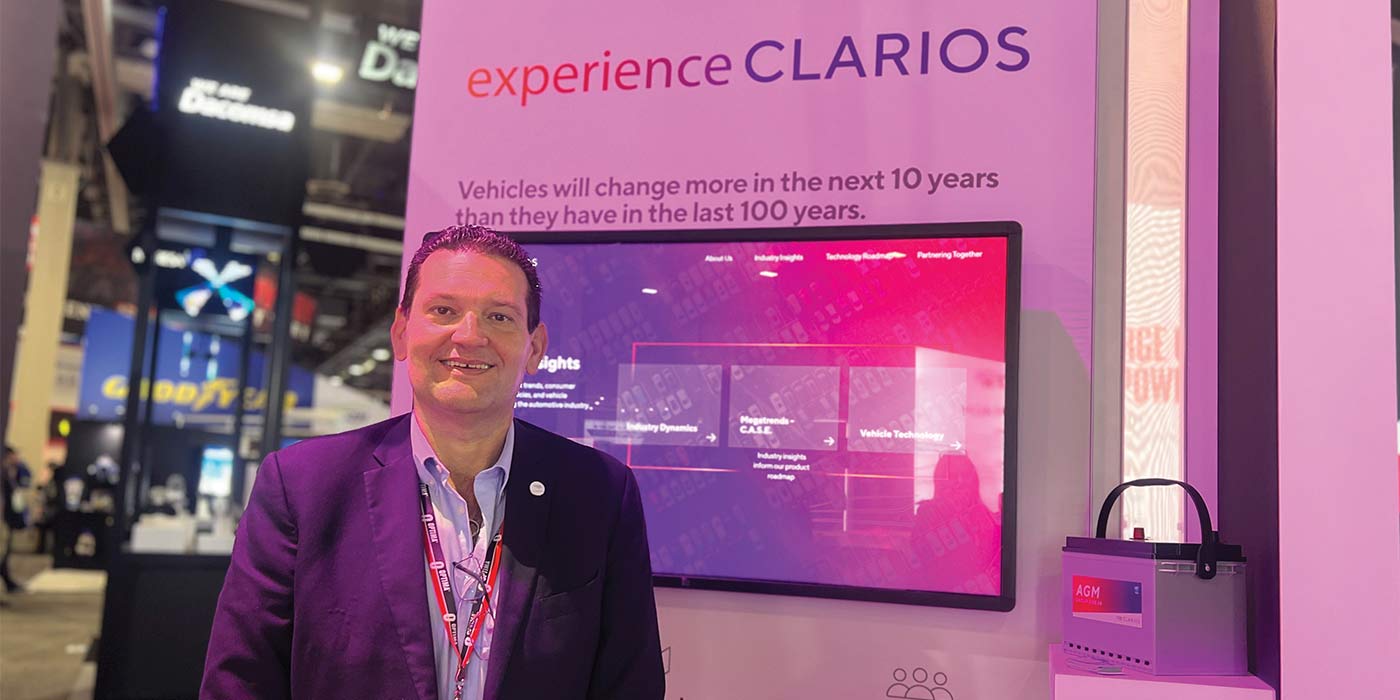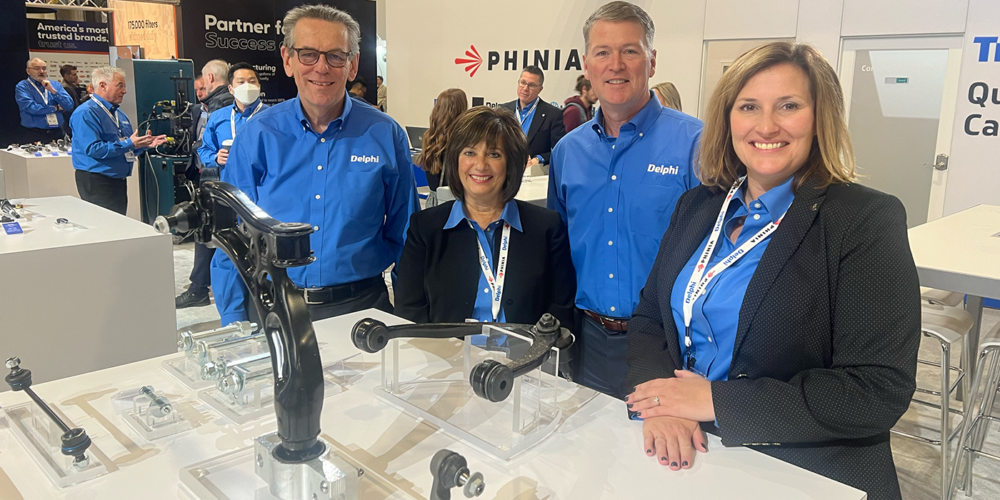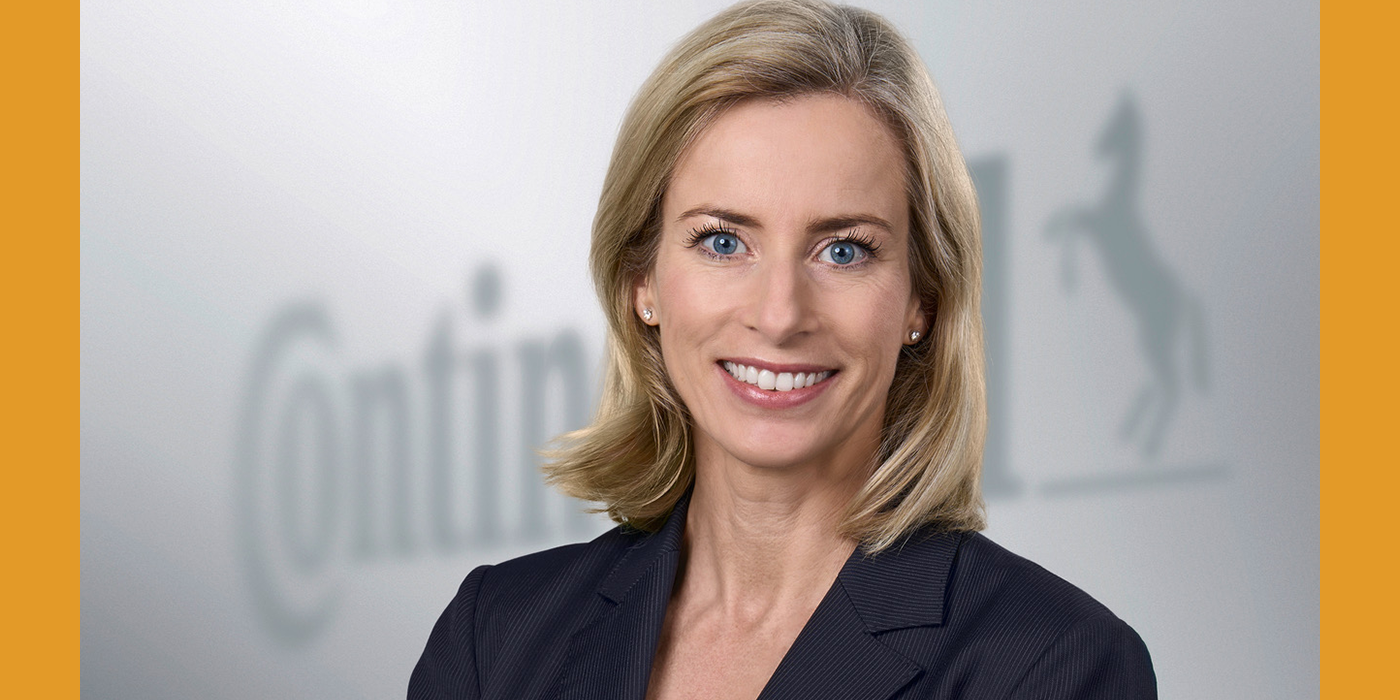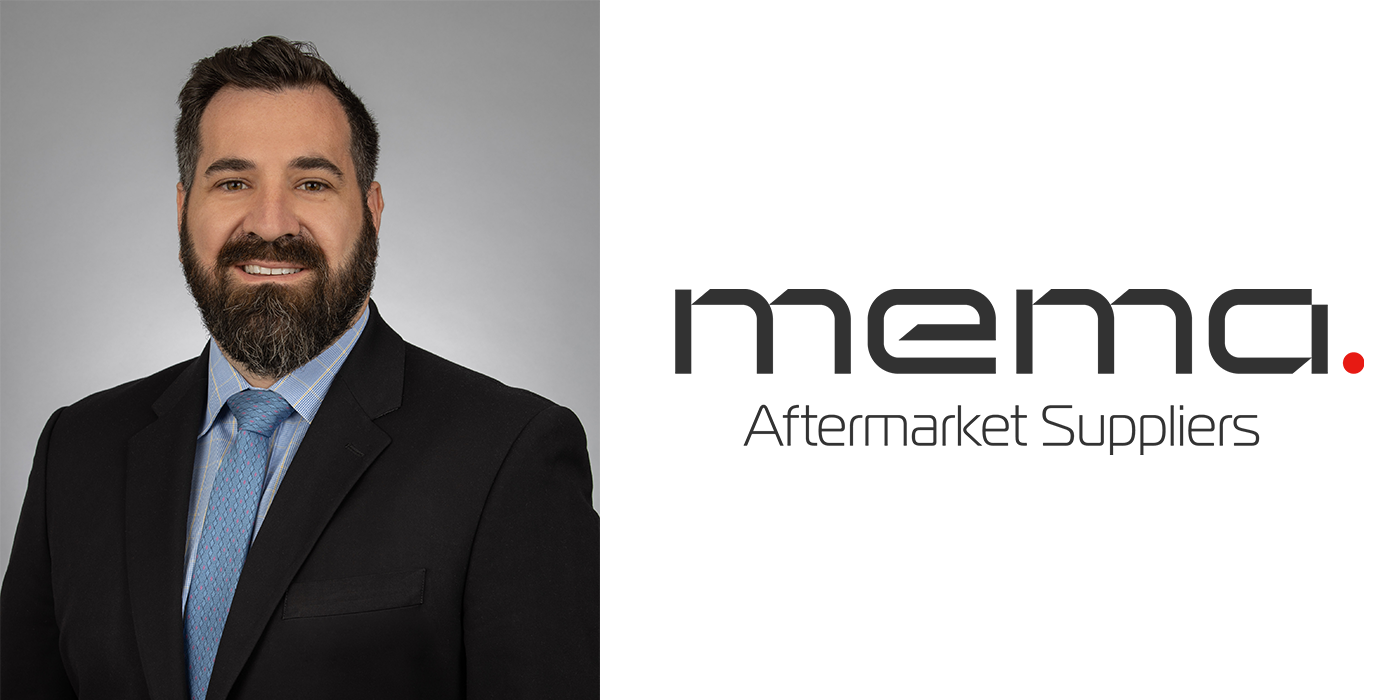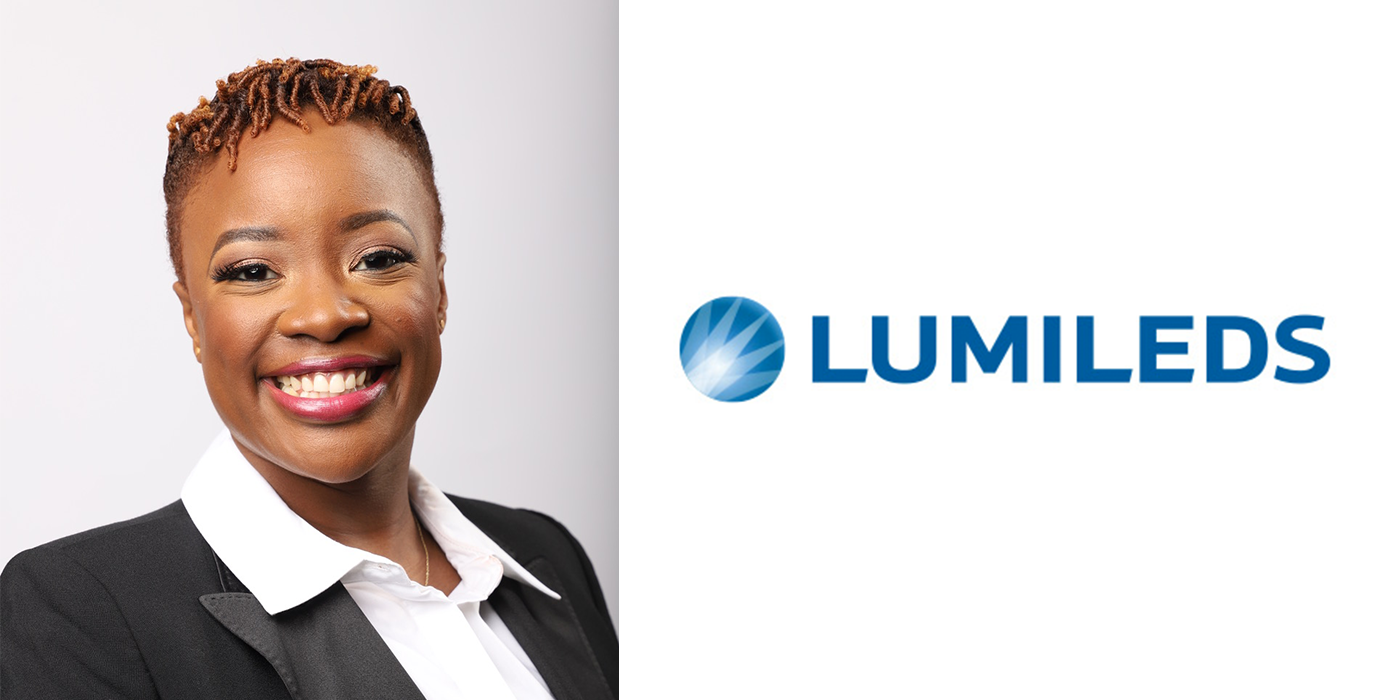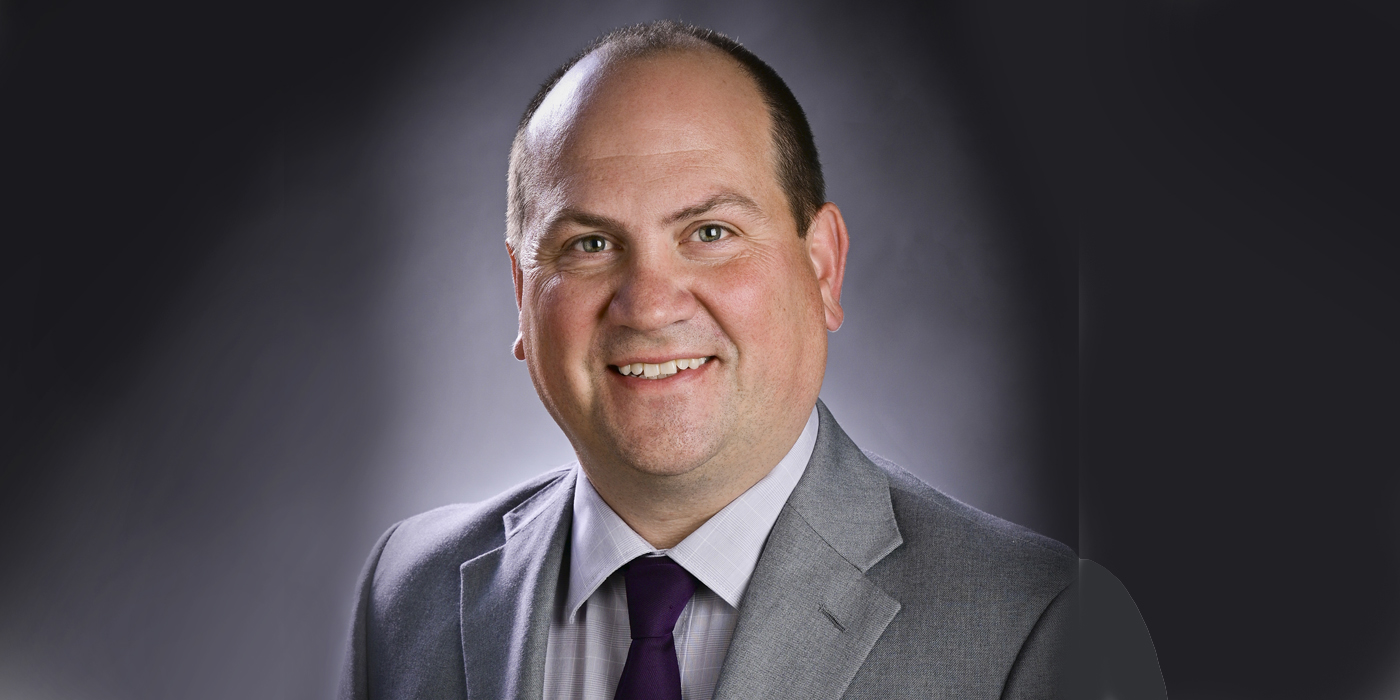MISSION VIEJO, CA —

Every other week, aftermarketNews.com offers an interview with a high-profile individual in the automotive aftermarket. We give executives free rein to express their views on anything from the state of their corporations to recent legislative news to future trends in their niche markets. Here you see what matters to the newsmakers themselves.
Our latest edition of “Executive Interview” features Hoon Chung, who was recently named president and CEO of DST, Inc., in Mission Viejo, Calif. Chung has more than 20 years of management experience in supply chain management and technology deployment services. Prior to his role as the Automotive Group senior vice president and general manager at Activant, he was the COO of Adexa, Inc., which delivers intelligent enterprise business planning and performance management solutions that link strategic, tactical and operational aspects in optimizing enterprise-wide supply chain planning and synchronization. Before that, Chung served as a senior vice president of Global Professional Services with Numetrix, Inc. and was instrumental in deployment of implementation services resources to assist Fortune 100 Consumer Package Goods companies in rolling out their supply chain management solutions globally. In addition, he has held manufacturing and distribution related positions at a number of Fortune 500 companies including Haagen-Dazs, Lever Brothers and the Quaker Oats Co.
Chung recently talked with aftermarketNews.com about his new appointment to lead DST, what he envisions for the company’s future and what he brings from his experience in other industries.
It was announced on Monday, Aug. 9 that you had accepted the position of president at DST, Inc. How does it feel to make the move from the Automotive Group of such a large organization as Activant to DST, a smaller business?
My move to DST is driven by my passion for providing sensible solutions to compelling needs for our industry. My career journey in the stewardship of supply chain management firms both big and small has had a corresponding exponential growth in my zeal to provide the best set of solutions for the customers. In the Technology Age in which we all live, company size isn’t at the top of the list of success criteria. Perhaps historically we’ve come full circle…just as David slew Goliath, agility and flexibility and resonance embodied by a technology partner can dramatically change the course of history or an industry or a business.
While all technology solutions providers are competing in the marketplace, and that is healthy in a free economy, we also must realize that one size does not really fit all. Meaningful collaboration among solutions providers will, in the end, provide a means for our industry to achieve the next level of success. For example, DST has a strategic alliance with Activant that integrates superior e-cataloging into our Internet-based parts ordering system that is an important ingredient in providing a synchronized set of solutions that matches the needs of our customers.
Professionally, it’s both challenging and exciting to have the stewardship of a company that is agile, vital and dynamic enough to make navigational course corrections quickly and effectively. Let’s face it…the aftermarket industry veterans who have perfected their business processes over the years are the real experts in the aftermarket. They know how to run their businesses. They don’t have to change their business processes, nor should they. What they need are vehicles — best-of-breed technology sets of solutions — that enable them to practice their sophistication seamlessly and consistently across the board.
What do you think you can bring to the table that will be new for DST?
DST already has a full set of factors — brilliant technology, outstanding business professionals, industry experience, satisfied customers, strong ethics, drive and energy — in its success equation elements. My job is to harness, coordinate and execute these factors in a meaningful manner. Above all, my agenda will be customer-centric, as it always has been. Let it be known that how we listen to our customers and then deliver our solutions will be the differentiators and hallmarks of DST. The company will be customer-focused and excellence-driven.
Throughout my career, creating a cultural revolution based upon effective customer communication and interaction within each company that I’ve led to success has been my signature approach.
While it’s still quite early in the game, what are your plans and goals for the future of DST?
Strategically, DST will leverage its domain expertise, the core focus of which has been in the heavy-duty, performance and like specialty segments to ultimately grow into other critical areas of the industry seeking solutions. Profitable, controlled growth in becoming a dominant force in our chosen segments over the long-term will be based upon properly delivering the best set of solutions to our customers now in the short term. Our core competencies in making our customers wildly successful will act as the foundation for building the business.
Tactically, there is only one way that I know of to do that — we are going to engage our customers. We are going to take the time to do that and that will drive solution development.
Last year at the 2003 Aftermarket eForum, you used your experience in other industries to point out where the aftermarket has room to improve in its use of technology. What kind of inefficiencies are you seeing in the aftermarket compared to other industries and have you noticed any improvements or changes since your presentation last year?
A year ago, I gave a presentation that emphasized the power of different technological components in driving success and getting you to the finish line. In it, I declared that it can’t be just about the system, it can’t be just about the content, it can’t be just about the connectivity, but it is really about the combination of all of the above.
That being said, I think that DST is uniquely positioned to provide reasonable, sensible, next generation business solutions that squarely address issues and inefficiencies that plague the industry. As an IBM Business Partner deploying the iSeries platform running DSTWare applications, our options for providing next generation solutions, for both challenges that we can foresee and for those over the horizon, are virtually limitless. Key players about to make decisions that will chart their business courses over the next five years or 10 years, or longer, are rightfully demanding only the best solutions. The iSeries provides a synchronized business solution, encompassing tremendous innovation along with increases in horsepower, response time and uptime. It lowers the total cost of ownership and increases the overall reliability of scalable solutions. It provides the answer for all those businesses that have the vision of a centralized box for running all of their business analytics and maintaining consistent pricing, promotions and inventory management consistently across all stores. That type of configuration provides the ability to leverage smart decision making, provide visibility and to empower those people at the store level to do one thing…just enhance their counter productivity.
Major industry decision makers have exhibited profound dexterity and vision in quickly adopting best of breed technologies to formulate their go-forward strategies. That’s a wake-up call that should be heeded by all technology suppliers. Supply chain information technology components are no longer considered merely tactical options but rather are being embraced as vital strategic weapons in the arsenal of a company’s business plan. That awareness has grown enormously in the recent past.
A quite amazing transformation occurring in the automotive aftermarket is the influx of supply chain professionals from other industries. Fresh thinking and new ideas are challenging the status quo. Demand for true next generation technology that is truly flexible, secure and scalable — which has not until very recently been available — is shaking up the industry, and rightfully so. In an age where speed and agility are key to the very survival of an organization, quickly becoming much more sophisticated and acting to induce change are prerequisites for growth and profitability. The goal is not to have every company behave the same way and lose their individual identities. It’s to the industry’s credit that as each company perfects its own “secret sauce.” There is just the right set of technology solutions available to make it all wondrously viable.
I have also seen that more businesses in every tier are putting more emphasis upon supply chain excellence. There is heavier investment in internal core competency, more deployment of supply chain management professionals within organizations, more hiring of inventory control experts. Those investments arise from need. Progressive players are benefiting tremendously by concurrently undertaking two major steps. They are intelligently addressing their internal processes to make process flow, work flow and business logic work better and then adopting a set of technology solutions to enable the processes.
In your opinion, what’s the biggest issue the aftermarket currently faces when it comes to embracing technology?
Like the aftermarket, technology has gone through various eras defining and redefining business models. It was once thought that data and information repositories in the form of Enterprise Resource Planning alone would automatically spell success. Then it became clear that only knowing what happened yesterday will not do a thing for planning the future effectively. The glory days of the dot-com era made it seem unrealistically as if every company could “boil the ocean” overnight. The lesson learned is that in the end, regardless of approach, an enterprise has to have a meaningful set of solutions that enable effective planning and a fully integrated system that provides a means of execution.
The best news for the automotive aftermarket is that because of its sheer enormity and manufacturing, distribution and end-user complexities, it is one of the last major industries to be tackled by sophisticated technology solutions and therefore we can exploit and learn from the expensive, time-consuming mistakes made by other industries. They have shown us what aspects of planning are meaningful and what aspects of executional backbone are important. We’ve been provided with a test that has the answer key attached.
Who would you most like to speak to in the industry using this forum?
Most of all, I would like to address what is technologically meaningful to an industry professional who is running or managing a business. Big pictures and grand schemes are alluring and can be almost hypnotic when discussing connectivity throughout the supply chain. But when it comes right down to it, every responsible business owner or manager is really thinking, “That’s all great but how can I best manage what’s relevant to me within my own four walls?” The blocking and tackling issues – getting to the crux of the problems and the solutions to solve them – is what they want and what they deserve. They need and deserve the power of true next-generation technology, harnessed by a customer-centric solutions provider that listens and “understands what my problems are” and is ready, willing and able to address those problems. While I’m not downplaying the importance of strategic partnerships and supplier enablement and trading networks and expanded marketing dimensions and all the big picture visions of the future, I fundamentally think that the number-one priority of this industry and the players on the distribution side must be to first generate internal efficiency.
I’ve worked closely with enough two-step or three-step warehouse distributors to know that they are thinking “I hear you on the strategic side and I hear you from the global perspective, but I have my real issues that I have to manage on a day-to-day basis. I know that I have excess inventory and uncontrolled logistics and that I’m having the toughest time managing what I ought to be managing the best. That is my Achilles’ heel. If I can’t manage within the four walls of my own distribution network, then never mind managing my trading partnership, never mind building more long-term strategic advantage.” And they are dead-on correct.
While never ignoring other strategic dimensions and with a bold plan in place for future technology enablers, the primary focus of DST is all about managing today. Our customer-centric focus moving forward will pay attention to and address the concerns of that manager trying to do his job the best way he can right now to meet his ROI objectives. We will show him how technology can squeeze new efficiencies out of controllable variables. As the answer to the question “How do you eat an elephant?” suggests, it will be “One bite at a time.”
_______________________________________
Click here to view the rest of today’s headlines.

